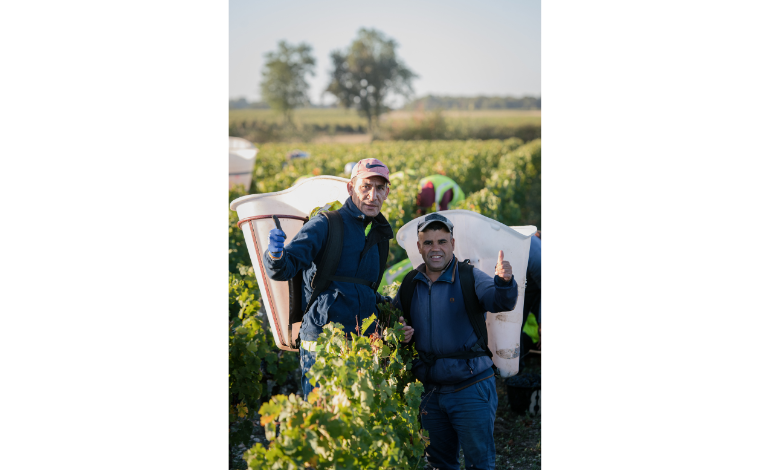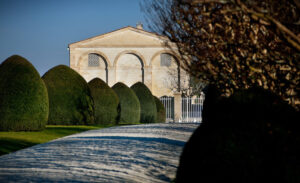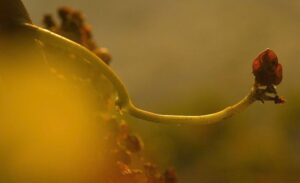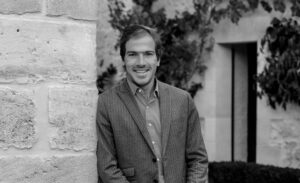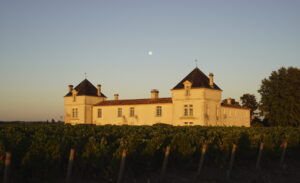Harvest diary – The 2025 Vintage
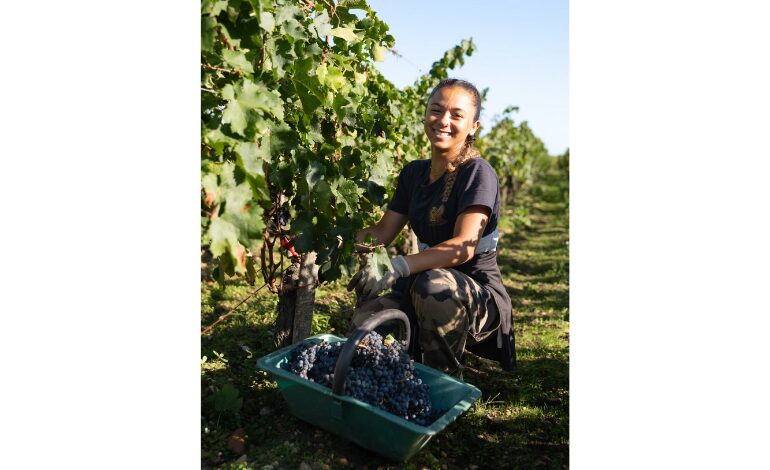

The harvest is a key period for Bordeaux estates. During this time, we went to meet both winegrowers and winemakers to get a glimpse of the 2025 Vintage, which looks set to be as elegant as it is unusual.
Read on to discover the chronicle of a Vintage, from Saint-Julien to Pessac-Léognan to Saint-Emilion and Sauternes.

Each year is the same in late summer in Gironde. In September, the Bordeaux vineyards buzz with a unique energy. At the crack of dawn, they come to life and are filled with the silhouettes of people with secateurs in hand and baskets on their backs. However, this year, the harvest did not unfold as usual. That particular Thursday morning in mid-September, there was not a single cloud on the horizon: the sun beat down in the vineyards of the Saint-Julien appellation. In the afternoon, temperatures were forecast to soar to 33 degrees, a reflection of what was indeed a very hot season. As a result, the harvest began very early. There has never been a year quite like it in living memory in the Médoc! “It was the earliest Vintage since 1989 at least. This year, the harvest began on 4 September, compared to mid-September last year”, François-Xavier Maroteaux, co-owner of Château Branaire-Ducru said. From the cellars of this Grand Cru Classé, Vineyard Manager Jean-Dominique Videau attempted to analyse the weather conditions during the Vintage: “The summer was exceptionally warm and dry, conducive to the development of high-quality grapes, both in terms of their phenolic richness and the ripeness of the tannins. The weather changed from 28 August onwards, from drought conditions to rainy spells. This change startled winegrowers but was in fact highly beneficial by slowing down the concentration of sugar in the grapes. As a result, the alcohol content was lower than in previous years and the Vintage looks set to be of very high-quality”.
In the first batches of merlot he tasted, he already noticed the uniqueness of the 2025 Vintage: “A deep colour, a lovely rich substance, and above all a silky texture with melt-in-the-mouth tannins”.

Discover the Press Release
Harvest story – 2025 Vintage
Primeurs Week 2026: an unmissable event for wine lovers and professionals
Organised by the Union des Grands Crus de Bordeaux, En Primeur Week is one of the highlights of the Bordeaux wine calendar. Every year, this prestigious event attracts nearly 5,000 wine professionals from around the world. It offers a unique opportunity to discover Bordeaux’s Grands Crus while they are still maturing.
The 2026 edition of En Primeur Week will take place from 20 to 23 April in Bordeaux. It is a key event for professionals and enthusiasts in the sector who want to discover and taste the 2025 Vintage.
In the vineyards, the weather sets the rules of the game so François-Xavier Maroteaux kept checking the forecast. Some plots had not yet been harvested and the dilemma was real: should you wait for the berries to achieve the perfect degree of ripeness, even if it means exposing them to the risk of rainfall ? In order to solve the equation, Jean-Dominique Videau visited the vineyards every morning to inspect the vine rows still to be picked. He considered all the parameters on a daily basis to make decisions and ensure that each batch was as fine as possible. “We are constantly adapting. We check the weather forecast ten times a day, we are always recalculating, but we can’t take too many risks given the volumes”, confirmed François-Xavier Maroteaux before adding, eyes turned towards the sorting table: “We know that we have something great… but we don’t have a lot of it”.
On both the right and left banks, his teams worked peacefully, with less stress than in certain years because there was no threat of vine diseases and favourable weather conditions until the heatwave. In line with the general optimism observed in the Châteaux regarding the vintage’s quality, Nicolas Audebert was confident: “You shouldn’t count your chickens before the wine is made, but what we have so far is looking really nice”, he ensured.

When he went on holiday in early August, he was very confident. The warm days and cool nights guaranteed good yields and high quality. Nevertheless, the heatwave in mid-August changed everything: “The 15-day heatwave dried out everything, the trees turned yellow, and there was a considerable change in vine growth and very high water stress. The vines never recovered after the rainfall. The result was a drop in yields which no-one was expecting. Here, I could easily see 50 hectolitres per hectare. In the end, we barely reached 35”, he concluded. However, there was no need to feel despondent. “From a human perspective, it was very enjoyable. There was no race against Botrytis cinerea like last year, no pounding rain. The heatwave even led to natural leaf thinning. The teams were relaxed”.

This is what helps to make Château Doisy-Védrines wines so special.
In Sauternes and Barsac where the harvest took place later, the vintage was also looking promising. Thanks to rainfall in late August, Botrytis cinerea set in very early, adding much-welcomed aromatic intensity and freshness – a guarantee of balance and complexity. The first juices are expected to produce sweet white wines with promising potential, in a fresh and elegant style.
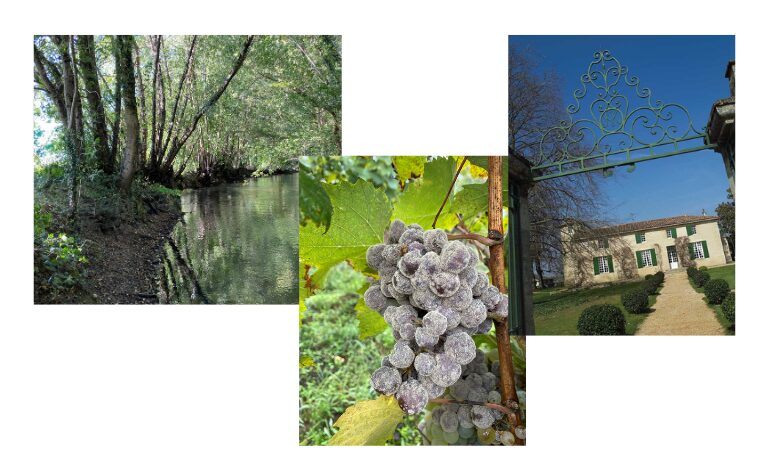
There was also a great atmosphere at Châteaux Canon and Berliquet. “We have just had our end-of-harvest lunch. It is a moment of celebration filled with seafood platters, grilled pig, garden vegetables, cheese and cake. There’s singing, whistling, laughing. Emphasis is placed on having a good time”, Nicolas Audebert confided, before adding, satisfied of having done his job: “When everything is harvested and the quality is good, we are happy!”
As our journey drew to a close, the conclusion was clear: 2025 promises the quality of the finest Bordeaux Vintages. The saying according to which vintages ending in 5 are special appears to be true. François-Xavier Maroteaux compared it to the legendary Vintages: “75, 85, 2005 and 2015 are superb and I have no doubt about it: 2025 will be great.” A reward for the men and women who shaped it, thanks to constant vigilance and a great deal of adaptation. The first juices of this V Vintage are already holding the promise of an incredibly elegant wine.
